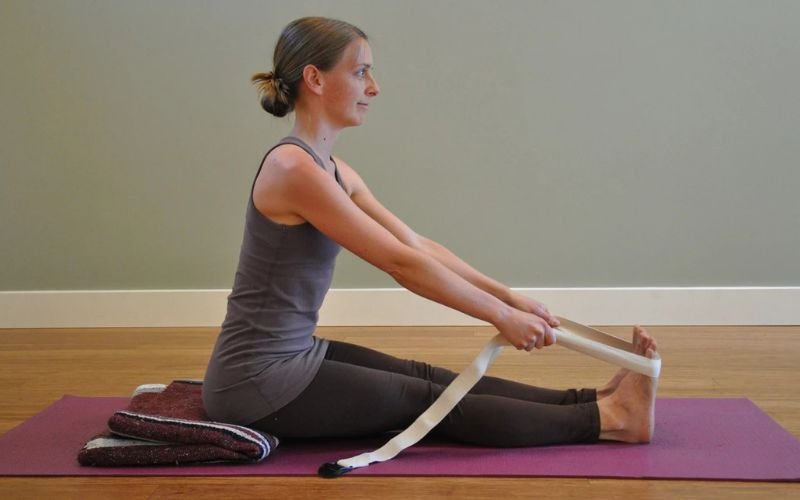Why Your Yoga Flow Isn’t Calming You Down
You’ve rolled out your mat, taken a deep breath, and started your home yoga flow for calm—but instead of feeling relaxed, you’re stiff, frustrated, or even in pain. What’s going wrong?
Many beginners (especially those 40+) unknowingly make small mistakes that sabotage their practice. The good news? Fixing them is easy! In this guide, we’ll cover:
✅ 5 common errors in home yoga flows (and why they happen).
✅ Simple corrections to make your practice soothing, not stressful.
✅ Helpful tools to enhance comfort and alignment.
Let’s dive in—your calm, joyful practice starts today!
Mistake #1: Using the Wrong Yoga Mat (Hello, Slippery Hands!)
The Problem:
A thin, slippery mat forces your joints to compensate, leading to wrist pain or shaky balances.
The Fix:
- Choose a thick, non-slip mat (6mm+ cushioning ideal for seniors).
- Place hands firmly to avoid collapsing into shoulders.
Pro Tip: The Gaiam Premium Yoga Mat offers superior grip and joint support—perfect for safe, stable flows.
Mistake #2: Skipping the Warm-Up (Cold Muscles = Stiff Movements)
The Problem:
Jumping straight into poses strains cold muscles, increasing injury risk.
The Fix:
- Spend 5 minutes warming up with neck rolls, shoulder circles, and cat-cows.
- Long-Tail Keyword Tip: A proper warm-up transforms your home yoga flow for calm from stiff to smooth.
Mistake #3: Forcing Stretches (No, You Shouldn’t Feel Pain!)
The Problem:
Pushing too hard (especially in forward folds or twists) irritates muscles.

The Fix:
- Modify with props: Use a YogaBody Stretch Strap to ease into hamstring stretches safely.
- Breathe deeply; tension should release, not increase.
Mistake #4: Holding Your Breath (The #1 Tension Builder)
The Problem:
Breath-holding spikes stress—the opposite of calm!
The Fix:
- Inhale to prepare, exhale to move deeper.
- Try 4-7-8 breathing (inhale 4 sec, hold 7, exhale 8).
Other Recommended Articles:
Warning: Weak Ankles? 7 Balance-Boosting Routines You’re Missing (Start Tonight!)
Warning: Stop Stretching Your Neck Wrong! 3 Neck and Shoulder Release Moves You MUST Do Correctly
Mistake #5: Meditating on a Soft Surface (Goodbye, Posture!)
The Problem:
Sinking into a couch or bed strains your spine.

The Fix:
- Sit on a firm meditation cushion (hips above knees).
- The URBNFit Meditation Cushion supports proper alignment—no more slouching!
Bonus: 3 Must-Have Tools to Enhance Your Home Yoga Flow for Calm
- Gaiam Premium Yoga Mat – For slip-free stability.
- YogaBody Stretch Strap – Gentle assistance for tight muscles.
- URBNFit Meditation Cushion – Spine-friendly seated comfort.
FAQs (Your Yoga Calm Questions, Answered!)
Q: How long should a calming yoga flow be?
A: Even 10–15 minutes daily works! Focus on slow, mindful movements.
Q: Can yoga help with anxiety?
A: Absolutely! A home yoga flow for calm reduces cortisol (stress hormone) levels.
Q: Are props really necessary?
A: For seniors, yes! They prevent strain—this stretch strap is a game-changer.
Final Thoughts: Relax Deeper, Starting Today

Yoga should release tension, not create it. By avoiding these 5 mistakes, your home yoga flow for calm will finally feel restorative.
Ready to transform your practice? Try adding a supportive mat or strap—your body (and mind) will thank you!



